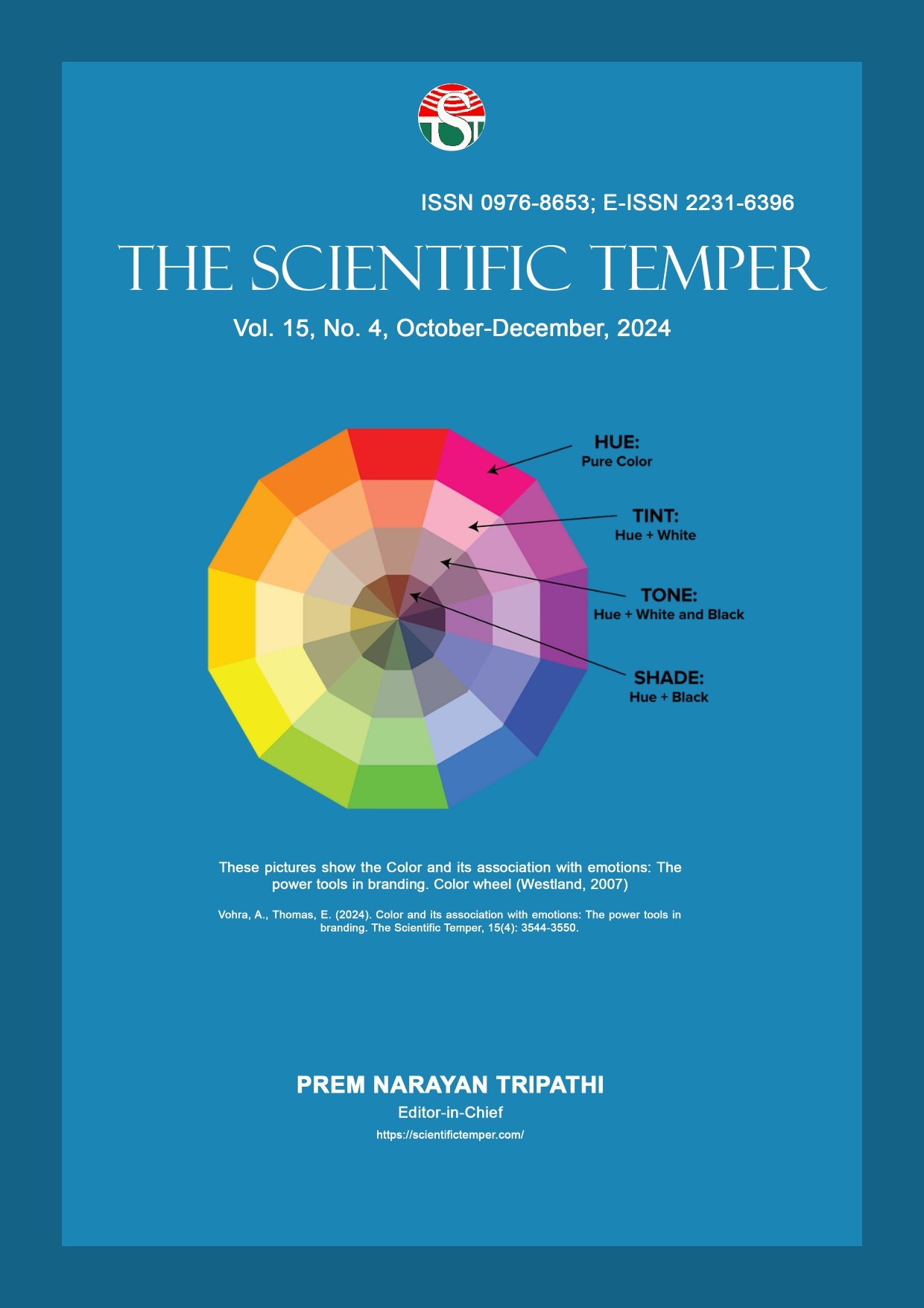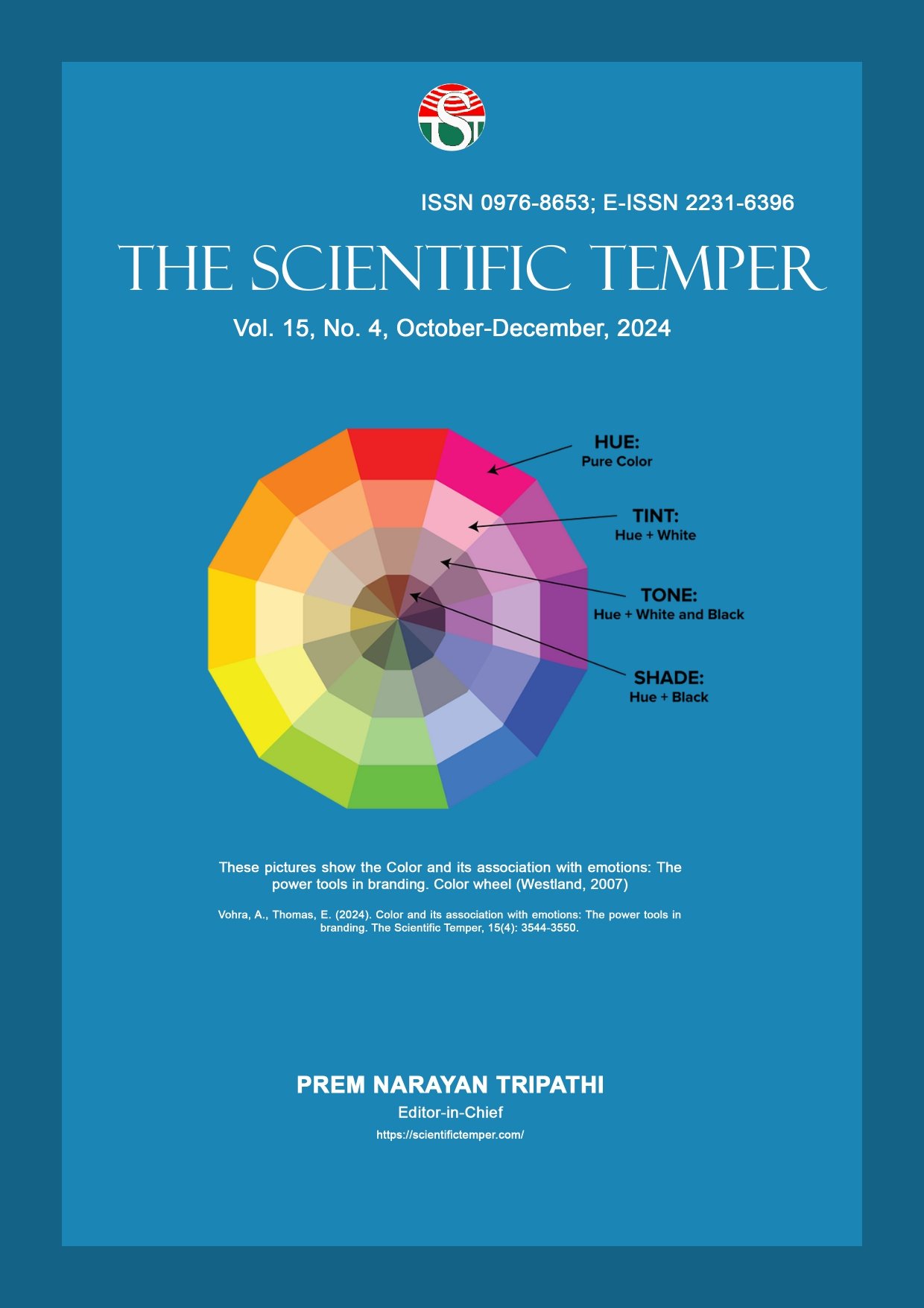Ensemble of CatBoost and neural networks with hybrid feature selection for enhanced heart disease prediction
Downloads
Published
DOI:
https://doi.org/10.58414/SCIENTIFICTEMPER.2024.15.4.24Keywords:
CatBoost, Dynamic Gradient-Sharing, Ensemble learning, Feature selection, Heart disease, Neural Networks, Recursive Feature Elimination, SHAPDimensions Badge
Issue
Section
License
Copyright (c) 2024 The Scientific Temper

This work is licensed under a Creative Commons Attribution-NonCommercial-ShareAlike 4.0 International License.
Heart disease remains one of the leading causes of mortality globally, necessitating accurate and efficient prediction models. This paper presents a novel ensemble model combining CatBoost and neural networks (ECNN) to improve heart disease prediction accuracy. The proposed methodology incorporates two key innovations: the sequential SHAP and RFE hybrid optimization (SSHO) technique for feature selection and the dynamic gradient-sharing mechanism (DGSM) to facilitate efficient interaction between CatBoost and neural networks. SSHO dynamically selects relevant features based on SHAP values, while DGSM shares gradient information to optimize learning. The ECNN model was trained using the personal key indicators of heart disease dataset, addressing class imbalance with SMOTE. The experimental results demonstrate the model’s superior performance with an accuracy of 91%, precision of 94%, and F1-score of 92%. These findings surpass previous studies’ results and highlight the ECNN model’s novelty in improving prediction accuracy and interpretability. The integration of SSHO and DGSM offers a scalable approach to heart disease prediction, making it a valuable contribution to clinical decision support systems.Abstract
How to Cite
Downloads
Similar Articles
- Dimpal Kumari, SOME PLANT EXTRACTS AGAINST ANTHRACNOSE INFECTION IN PAPAYA (Carica papaya) , The Scientific Temper: Vol. 9 No. 1&2 (2018): The Scientific Temper
- Remya Raj B., R. Suganya, A novel and an effective intrusion detection system using machine learning techniques , The Scientific Temper: Vol. 15 No. 03 (2024): The Scientific Temper
- Sanskriti Gandhi, Usha Asnani, Srivalli Natarajan, Chinmay Rao, Richa Agrawal, Evaluation of stability of fixation using conventional miniplate osteosynthesis in comminuted and non-comminuted Le Fort I, II, III fractures – A dynamic finite element analysis , The Scientific Temper: Vol. 15 No. 01 (2024): The Scientific Temper
- K. Mohamed Arif Khan, A.R. Mohamed Shanavas, Optimizing IoT application deployment with fog - cloud paradigm: A resource-aware approach , The Scientific Temper: Vol. 15 No. 04 (2024): The Scientific Temper
- Geeta S Desai, Santosh Hajare, Sangeeta Kharde, Prevalence of non-alcoholic steatohepatitis in a general population of North Karnataka , The Scientific Temper: Vol. 14 No. 04 (2023): The Scientific Temper
- Rahul, Naveen Sharma, Thermosolutal Instability of Couple Stress Rivlin Ericksen Ferromagnetic Fluid with Rotation, Magnetic and Variable Gravity Field in Porous Medium , The Scientific Temper: Vol. 13 No. 02 (2022): The Scientific Temper
- A. Kalaiselvi, A. Chandrabose, Fuzzy logic-driven scheduling for cloud computing operations: a dynamic and adaptive approach , The Scientific Temper: Vol. 15 No. spl-1 (2024): The Scientific Temper
- N Sasirekha, Jayakumar Karuppaiah, Yuvaraja Thangavel, KG Parthiban , Classification of mammograms by breast density , The Scientific Temper: Vol. 14 No. 03 (2023): The Scientific Temper
- Samara Ahmed, Adil E. Rajput, Denial, acceptance and intervention in society regarding female workplace bullying - A mental health study on social media , The Scientific Temper: Vol. 14 No. 04 (2023): The Scientific Temper
- V. Manikandabalaji, R. Sivakumar, V. Maniraj, A framework for diabetes diagnosis based on type-2 fuzzy semantic ontology approach , The Scientific Temper: Vol. 15 No. 03 (2024): The Scientific Temper
<< < 13 14 15 16 17 18 19 20 21 22 > >>
You may also start an advanced similarity search for this article.
Most read articles by the same author(s)
- Priya Nandhagopal, Jayasimman Lawrence, ETTG: Enhanced token and tag generation for authenticating users and deduplicating data stored in public cloud storage , The Scientific Temper: Vol. 15 No. 03 (2024): The Scientific Temper



